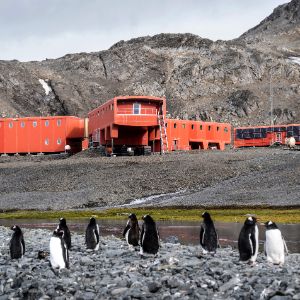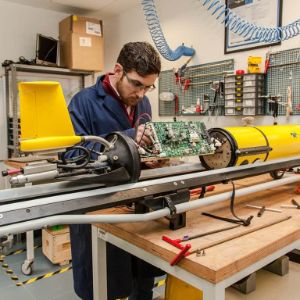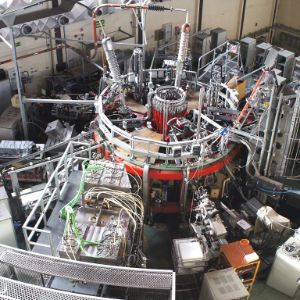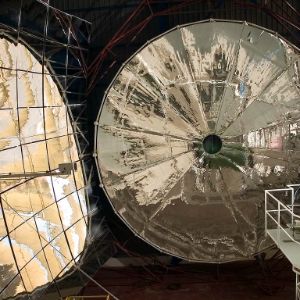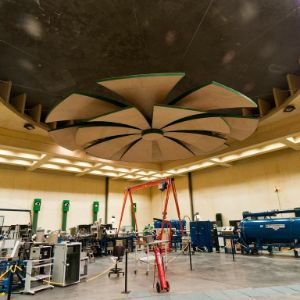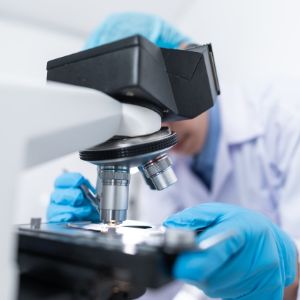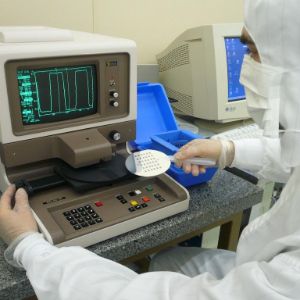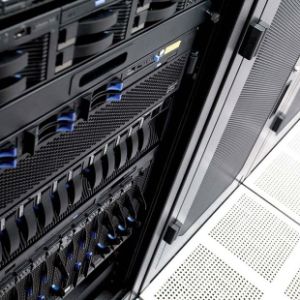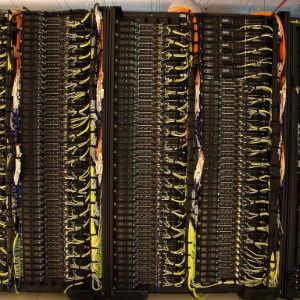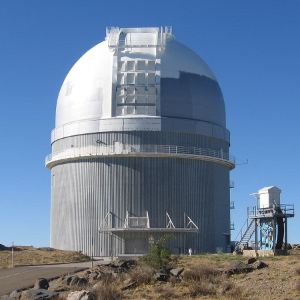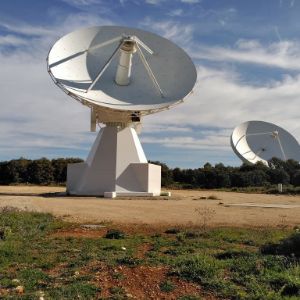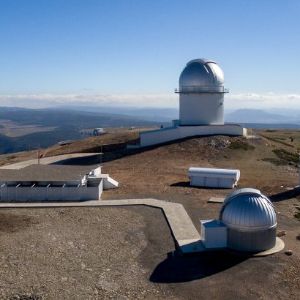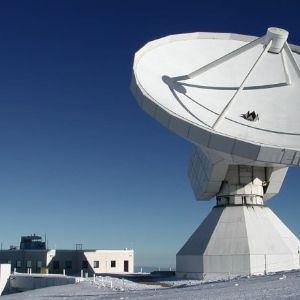Unique Scientific and Technical Infrastructure (ICTS) are exceptional facilities that are unique. They develop cutting-edge and top-quality research, and act as centres for transmitting, exchanging and preserving knowledge, transferring technology and promoting innovation. The ICTS have three key characteristics: they are publicly-owned, they are unique and open to competitive access.
Map of Unique Scientific and Technical Infrastructure (ICTS)
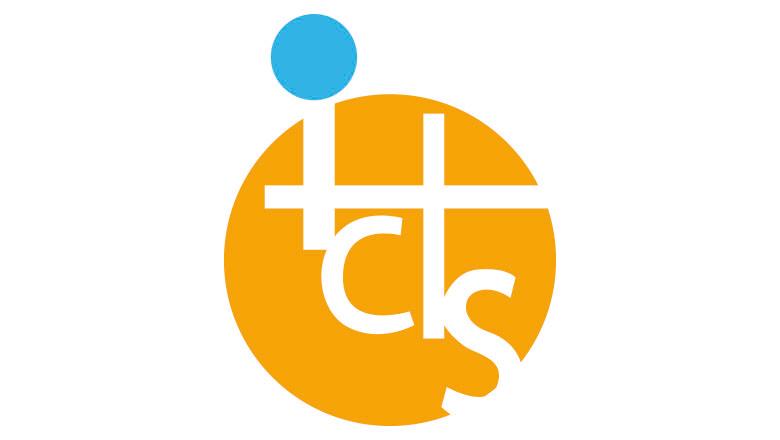
Socio-economic sciences and humanities
The infrastructure in this field focuses on the scientific areas of prehistory, human palaeontology and archaeology. The development of scientific and technological infrastructure in these disciplines is considered key to shortening the distances between the world of the humanities and enhancing their interaction for mutual benefit.

Health and biotechnology sciences
This area has significantly increased its representation in the current ICTS Map. Infrastructure networks have been established under the concept of distributed ICTS in the field of imaging, nanotechnology and the 'omic' sciences. In addition, high biological security laboratories are also reinforced, expanding infrastructure of this type that offers its services.


Distributed Network for Biomedical Imaging (ReDIB)

High-Biosafety Laboratories Network (RLASB)

Nuclear Magnetic Resonance of Biomolecules Laboratories Network (R-LRB)

Omics Technology Infrastructure (OMICSTECH)

Integrated Infrastructure for the Production and Characterisation of Nanomaterials, Biomaterials and Systems in Biomedicine (NANBIOSIS)
Sea, life and land sciences
The ICTS included in this area of knowledge is infrastructure necessary to facilitate scientists' access to natural environments that have unique characteristics for research. They are in the majority focused on promoting sustainable management of the environment.

Energy
The availability of sustainable and economically competitive energy sources is a key factor for the advancement and development of any country, so it is essential to have infrastructure that facilitates scientific and technological progress in this area. Thus, the current ICTS Map includes infrastructure that researches and offers its facilities in the field of solar power and fusion energy.

Engineering
The engineering area is represented in the ICTS Map by hydraulic and maritime engineering. Scientific and technological activity in the marine environment is of the utmost interest to Spain. Having this type of infrastructure has enabled cutting-edge research in this field, which was previously carried out abroad, thus boosting the competitiveness of our R&D&I system.

Materials
It can be considered that materials science is ultimately intended to research, synthesise and develop new substances according to desired properties for purposes and applications determined in any type of field (engineering, computing, biotechnology, etc.). To do this, instrumentation is required to move closer and closer to the basic structure of matter. To this end, the ICTS Map includes infrastructure that offers state-of-the-art facilities in electron microscopy, synchrotron light, micro/nano manufacturing, ultra-short ultra-intense lasers and complex particle accelerators.

Information and communications technologies
Information and communications technologies are essential for the advancement of science in all areas of knowledge. Distributed throughout the country, RedIRIS and the Spanish Supercomputing Network (RES) are the leading exponents in this area, offering the scientific community major computing and communications capacity that is better and more secure.

Astronomy and astrophysics
Astronomy is a unique discipline in Spanish science that has undergone exponential development in recent decades, acquiring a prominent position internationally. The Astronomy Infrastructure Network (RIA) coordinates national observation infrastructure recognised as ICTS with two major areas represented: radio, optical and infrared astronomy. In the field of astrophysics, the Canfranc Underground Laboratory has also strengthened its strategic position in this discipline.


